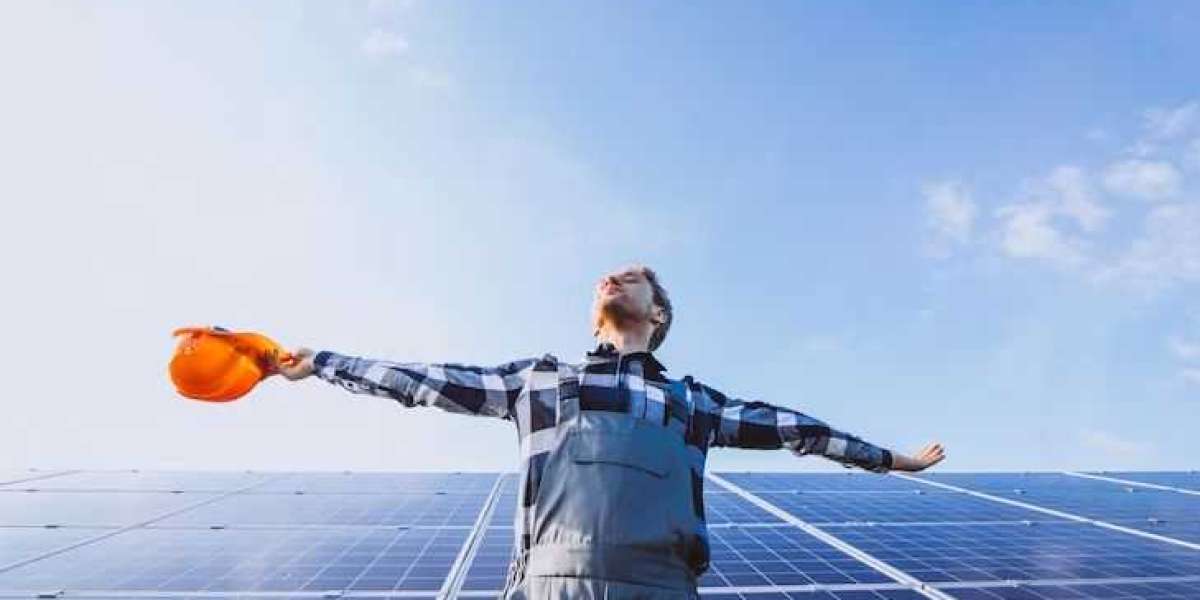Making the switch to solar is an exciting step—you're about to start saving on energy bills and doing your part for the planet. But if you're wondering what actually happens during a solar installation, you're not alone. Understanding the process helps you feel more prepared and confident when the installers arrive at your home. hitech residential solar panels
1. Site Inspection Final Design
Before installation day, your chosen solar provider will usually conduct a site inspection. This is where a technician visits your property to:
Assess your roof’s size, pitch, and shading
Check switchboard and meter compatibility
Confirm the optimal layout for your panels
This ensures your final system design is tailored to your home and power usage. It’s also when you can ask questions and confirm any special requests.
2. Pre-Installation Paperwork
Your installer will handle most of the paperwork, including:
Grid connection applications
Government rebate submissions (like STCs)
Any required approvals from your energy retailer
This process can take a couple of weeks, depending on your location and provider.
3. Installation Day
When the big day arrives, here's what to expect:
a. Arrival and Setup
The crew will typically arrive in the morning. A standard residential install takes one to two days, depending on system size and roof complexity.
b. Panel Mounting
Installers will safely access your roof and begin mounting the racking system (which holds the panels). Once secure, they’ll place and connect the solar panels.
c. Inverter Installation
Next, they’ll install the inverter—usually mounted on an exterior or garage wall—and connect it to your home’s electrical system.
d. Wiring and Electrical Work
Licensed electricians will run the necessary cabling between your panels, inverter, and switchboard. All work is done to meet Australian safety standards and CEC guidelines.
4. System Testing Safety Checks
Before powering up, your installer will:
Perform full system tests
Ensure the inverter is working correctly
Check for compliance with safety and grid regulations
They’ll also give you a basic rundown of how everything works, including how to read your inverter or app (if you’re using a solar monitoring system).
5. Meter Upgrade (If Required)
If your home doesn’t already have a bi-directional (smart) meter, one will be arranged through your electricity provider. This allows you to export excess energy back to the grid and receive a feed-in tariff.
Note: Your solar system may not be fully operational until this meter is installed, which could take a few days to a couple of weeks.
6. Final Handover
Once everything is in place, your installer will provide:
Warranty documents
User manual for your inverter
Compliance certificates
Guidance on system care and maintenance
Quick Tips for a Smooth Installation
Ensure someone is home to grant access if needed
Clear your driveway and pathways for the crew
Keep pets and kids away from the work area for safety
Ask questions—this is your chance to learn how to get the most out of your system
In Summary
A solar installation is a relatively straightforward process handled by qualified professionals. With clear communication, proper planning, and a reputable installer, you’ll be generating clean energy from your roof in no time.
Ready to power up your home with the sun? Installation day is just the beginning of your solar journey—and it’s a bright one.








